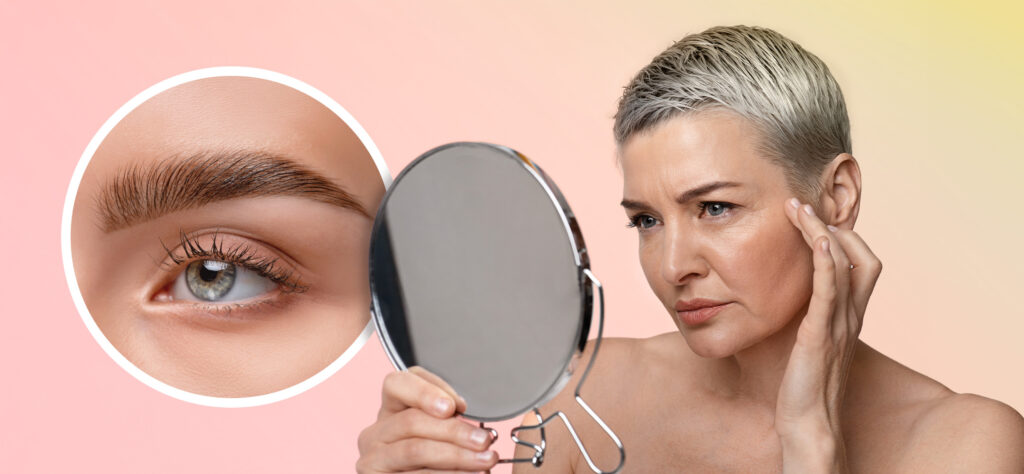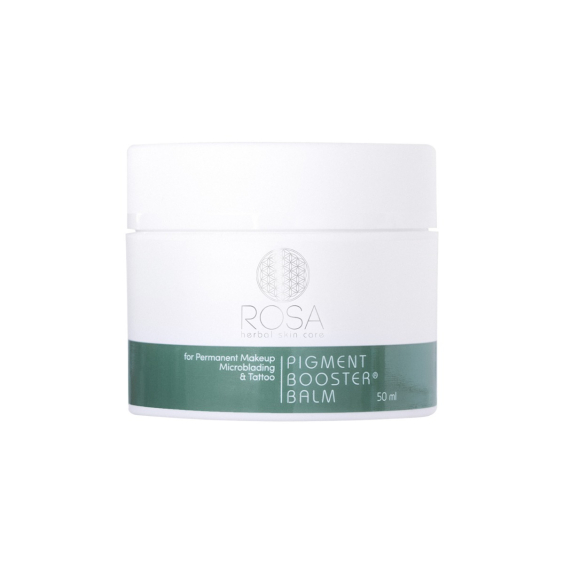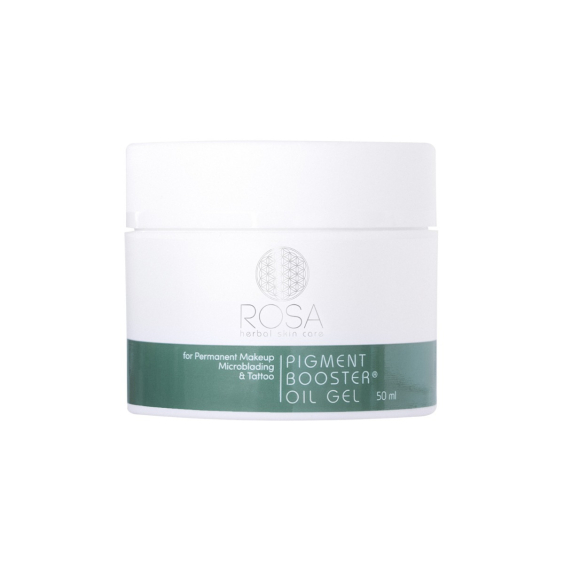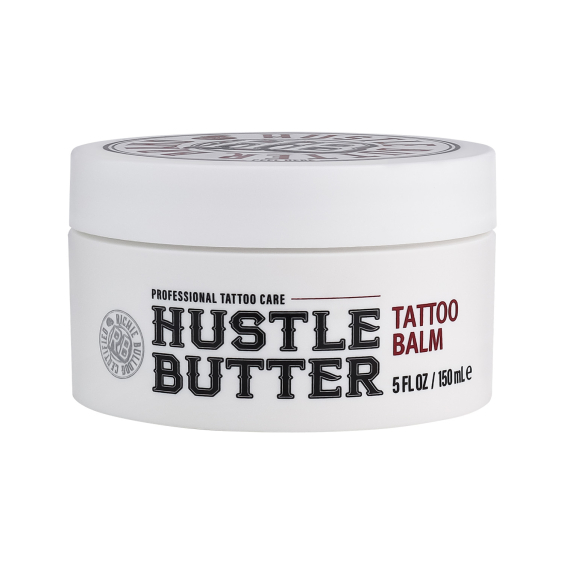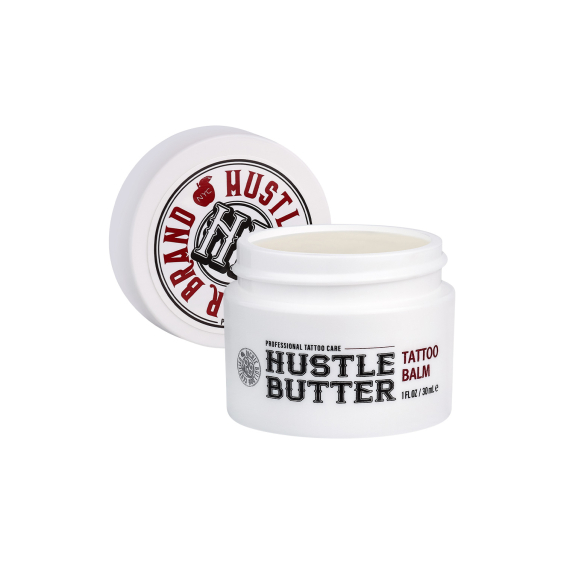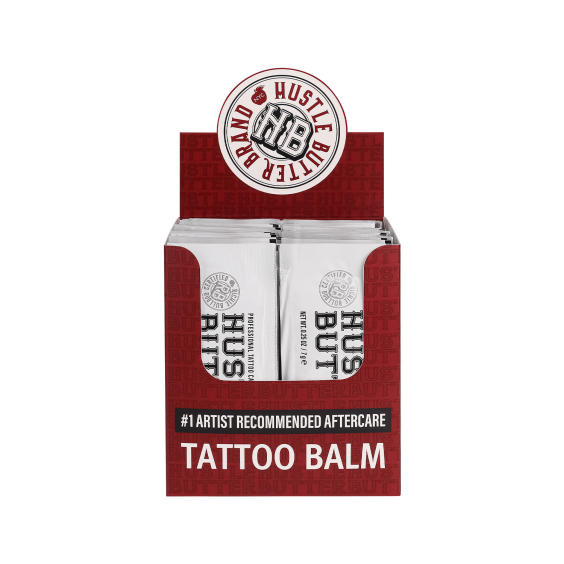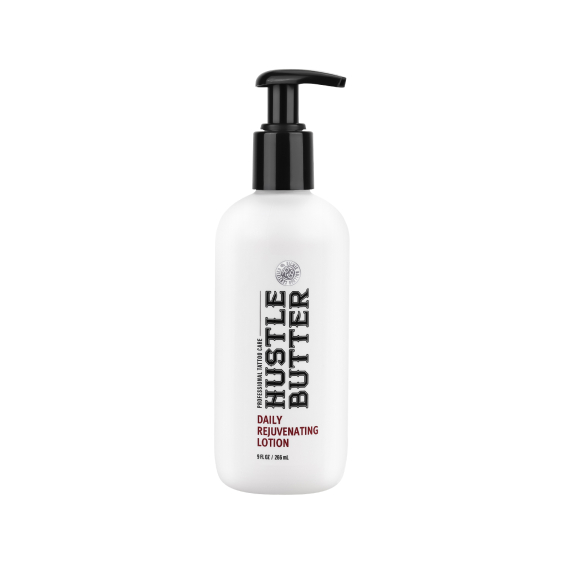The Impact of Skin Types on PMU
Whilst it’s important to choose the best supplies for creating flawless permanent makeup, it’s essential that you understand the skin you’re working on. Skin is the canvas for PMU and to ensure you get the best results, you should consider the type of skin your client has as this can influence the techniques and products you use.
To help, we’ve put together some helpful tips and information to help you get the best results out of your client’s skin!
How Different Skin Types Can Impact PMU Results
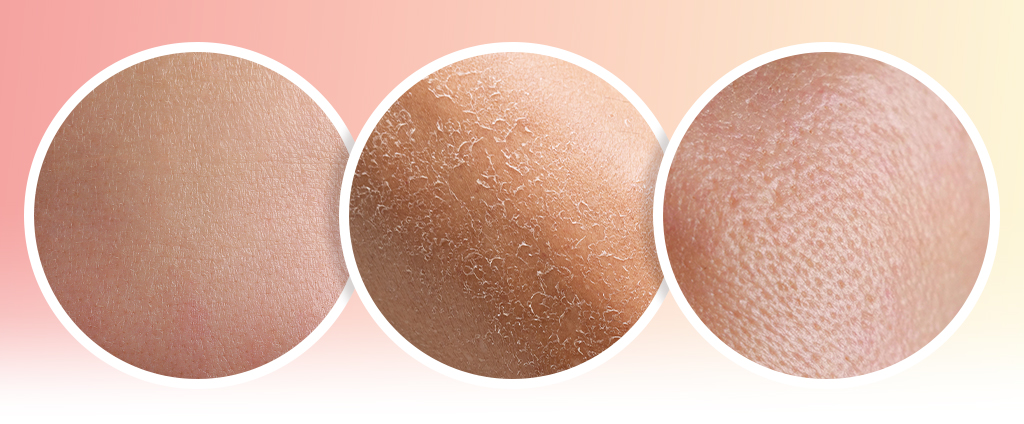
There are several skin types that need to be handled differently in order to get the best PMU results.
- Normal: This type of skin is smooth, shows no oiliness or dryness and can handle any technique. When working with this type of skin, pigments typically tend to heal true to colour when the proper technique is used.
- Oily: This type of skin is shiny and greasy to touch. Due to the excess oil, it can reduce pigment retention and can cause pigments to blur or fade faster. As such, using higher saturation techniques or stronger pigments, such as organic-based pigments, can help combat these issues and ensure longer lasting results. You can also use skin preparation products, such as the Herbal Pigment Booster Balm from Rosa, which is suitable for all skin types and helps to aid in pigment implantation.
- Dry: This skin is tight or flaky to touch but essentially acts as a pigment sponge, soaking it all up, making it perfect for lighter saturation techniques and inorganic-based pigments. The lower elasticity will make it feel tight so it’s important to make sure the skin is well-hydrated before you start working. You can use skincare preparation products such as Hustle Butter Deluxe!
- Combination: This is a mix of oily and dry/normal at the same time or in different areas. To get the best results for this type of skin, you should adapt your pigment choices and techniques depending on the skin in the treatment area you’re working on.
- Sensitive: Sensitive skin is easily irritated and prone to redness so it’s important to work gently and avoid oversaturation and make aftercare even more of a priority to avoid irritation.
You should determine which skin type your client has prior to any treatment. This can be done as part of the consultation process where you can manage your client’s expectations in terms of pre-care and aftercare and discuss the different ways pigments can react with different skin types. Doing so can ensure you provide flawless results for your client that last!
Treatments and Techniques
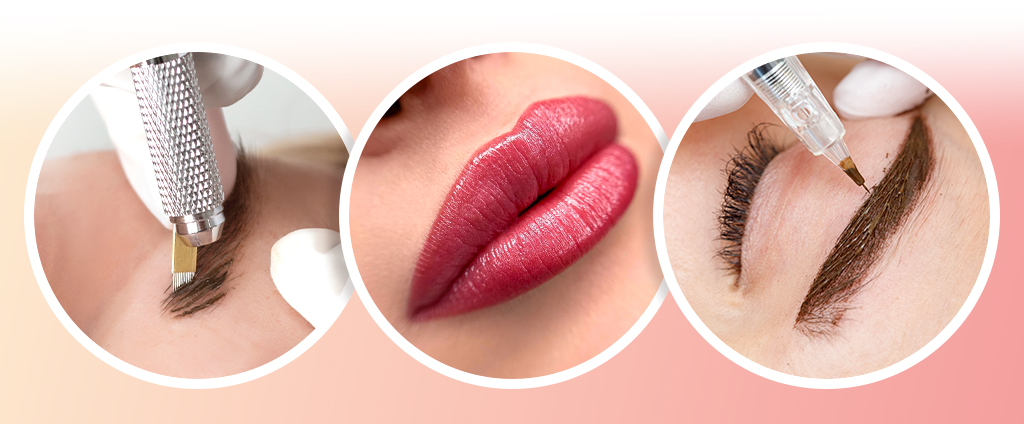
The skin type your client has will influence the techniques you use for certain treatments. It can also be impacted by other factors, such as age, health, skin tone, and undertones. For example:
- Brows
When deciding between microblading or machine brows, the results you get from each technique can depend on your client’s skin type. Microblading is generally more ideal for younger, healthy and dry to normal skin types as the fine, crisp hair strokes heal better.
However, microblading doesn’t work as well for oily skin due to the excess oil blurring delicate strokes or mature skin due to it being too thin and fragile with low elasticity. In these cases, you can opt for the machine brow technique as it works well for a variety of skin types, including oily and sensitive skin.
- Lips
There are different factors to consider when working with lips, as the tissue is thinner, more sensitive, and prone to dryness compared to skin in other areas.
When working with mature, and thin lip tissue, there will typically be a natural reduction of collagen and elasticity over time and pigment is likely to heal more intensely. For clients with this type of lip tissue, it’s better to work in light layers and consider diluting strong lip pigments.
Alternatively, dry lips or lips that are damaged, such as with hardened and flaky skin, will have difficulty retaining pigment, leading to patchy or inconsistent healing. That’s why it’s important to make sure lips are moisturised before treatment to help with pigment implantation. You can also use a glide during treatment to further help the pigment hold and ensure pigment longevity!
Skin Tones and Undertones
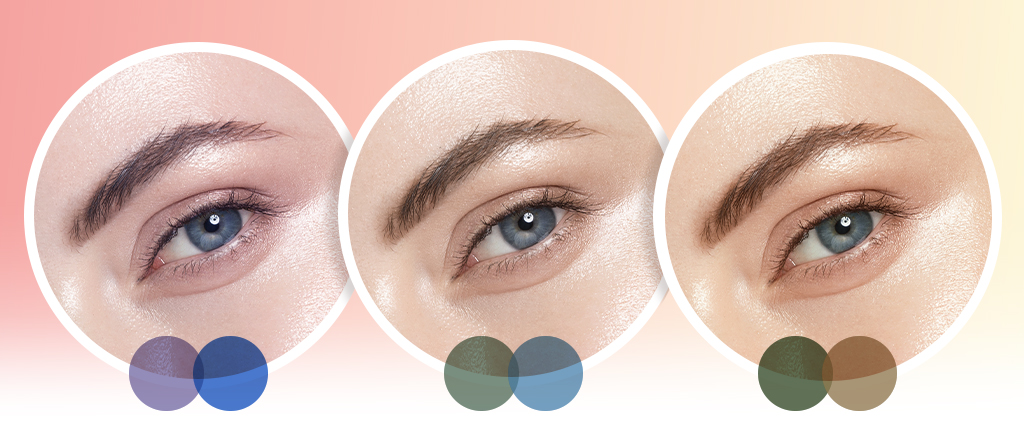
Understanding your client's skin tone and undertone is crucial for choosing the right pigments and achieving beautiful, natural-looking results for each skin type. Colour theory plays a vital role here, helping artists select shades that complement the client's complexion and heal true to tone.
Skin tones (light, medium, dark) and undertones (cool, warm, neutral) influence how pigments appear once healed. For example, cooler undertones may cause pigments to heal with a bluish or ashy tint if not correctly matched, while warmer undertones can pull pigments towards red or orange hues.
Selecting the right pigment and adjusting your technique based on skin type ensures longer-lasting, more predictable results and greater client satisfaction.
Choose the Best PMU Supplies
It’s important to choose the best PMU supplies for your client’s skin type. As mentioned, microblading is better for some skin types whilst the machine brow technique is suitable for all skin types. Also, organic-based pigments and inorganic-based pigments react differently depending on the client’s skin type. Whichever you choose, it’s important to have high-quality supplies, such as:
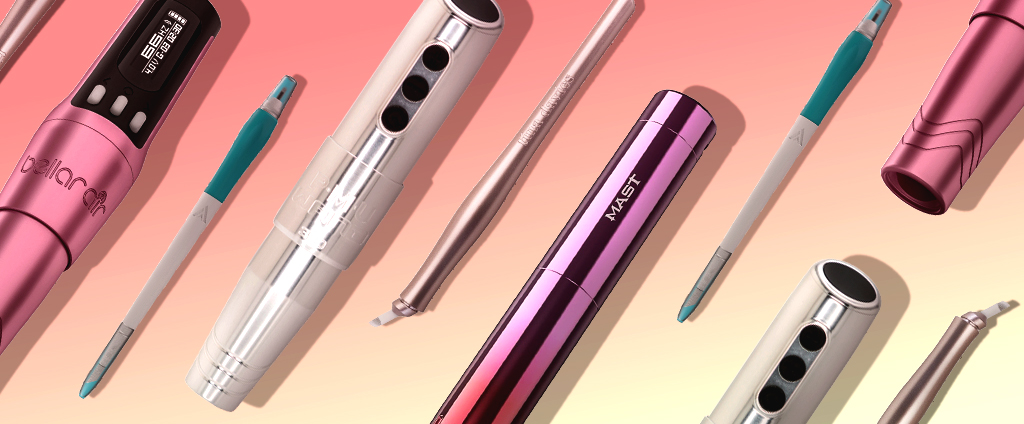
- Machines
Dragonhawk Mast Tour Y22: A lightweight, wireless machine designed specifically for PMU treatments, including brows, lips, and eyeliner.
Microbeau Bellar Air: A versatile PMU machine that’s suitable for a range of treatments and features an in-built needle sensing system to improve pigment implantation and minimise trauma to the skin.
Bishop PMU Wand: Featuring an ergonomic design, the Bishop PMU Wand offers more comfort and control to artists while they work.
You cannot define a correlation name 'review_summary' more than once
- Microblades
Tina Davies: From renowned PMU artist, Tina Davies, this range of microblades come in different configurations and are designed to ensure sharp strokes and optimal pigment application.
Vertix: Designed to create precise hair strokes for natural-looking brows.
Jenn Boyd: Featuring ultra-sharp needles, these microblades are perfect for creating flawless microbladed brow looks.
- Cartridges
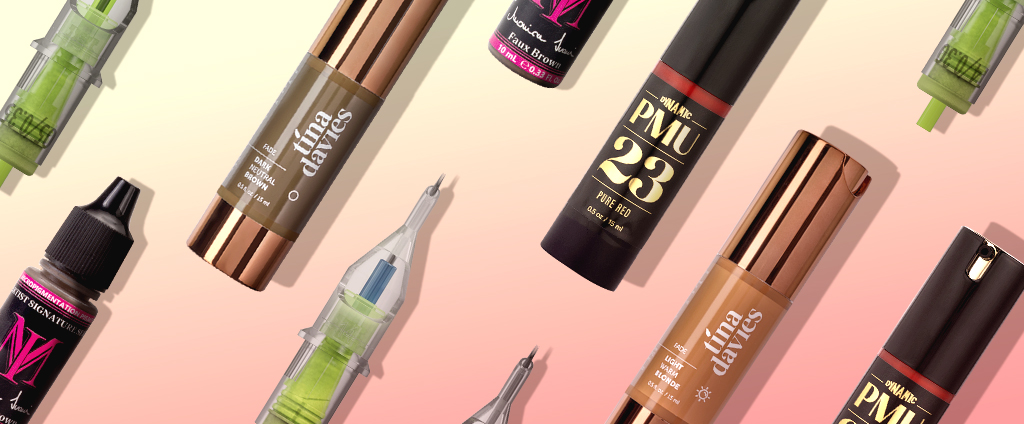
Stellar 2.0: These sharper than sharp needle cartridges come in a range of configurations so you can choose the one best for your client based on their skin type and the treatment they’re having.
Kwadron PMU Optima: With super sharp needles and a unique needle stabilising system, these cartridges from Kwadron are ideal for creating beautiful PMU looks.
Tina Davies PIXL: These cartridges by Tina Davies are designed to offer comfort and control while you work.
- Organic-Based Pigments
Carla Ricciardone Embody Set: The Embody Set by Carla Ricciardone has been designed for lip neutralisation treatments. The colours can be used neat or mixed allowing you to create the perfect colour for your client.
Carla Ricciardone Enhance Set: The Enhance Set can be used for lip blush treatments following lip neutralisation using the Embody Set.
Microblading Pro Set: A specially curated set of pigments ideal for creating crisp, defined hair strokes in microblading treatments.
The Chocolate Collection: A warm, rich palette of organic browns, perfect for creating beautifully natural brows for clients with melanin-rich skin.
You cannot define a correlation name 'review_summary' more than once
- Inorganic-Based Pigments
Monica Ivani Signature Set: A collection of pre-mixed pigments designed to deliver flawless, natural-looking brows.
Dynamic Set: A range of permanent makeup pigments in a range of colours, designed to give PMU artists the freedom to create a variety of custom blends and unique looks for clients.
Tina Davies FADE: A set of gentle pigments specially formulated to fade naturally over time.
You cannot define a correlation name 'review_summary' more than once
Achieving flawless PMU results isn’t just about using the best products or mastering the latest techniques, it starts with truly understanding the skin you’re working on. By carefully assessing your client’s skin type, tone, and undertones, you can make informed choices about the techniques, pigments, and tools you use to deliver long-lasting, beautiful results.
Every client’s skin is unique, and tailoring your approach ensures you not only meet but exceed their expectations. With the right knowledge, preparation, and high-quality supplies, you can create stunning, reliable results that enhance your reputation and client satisfaction.
